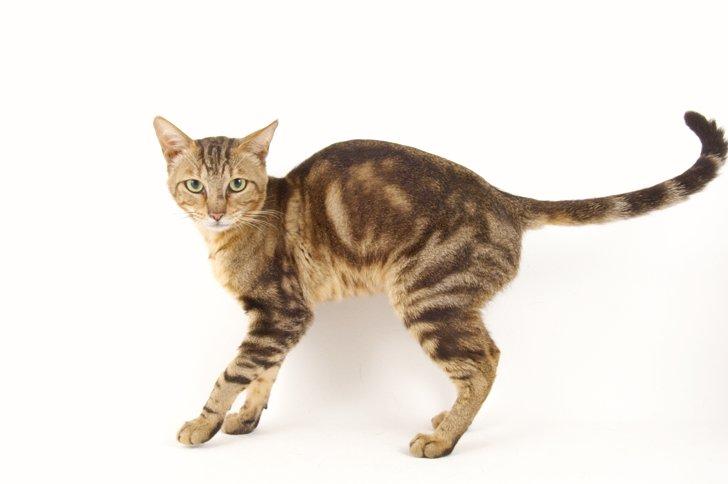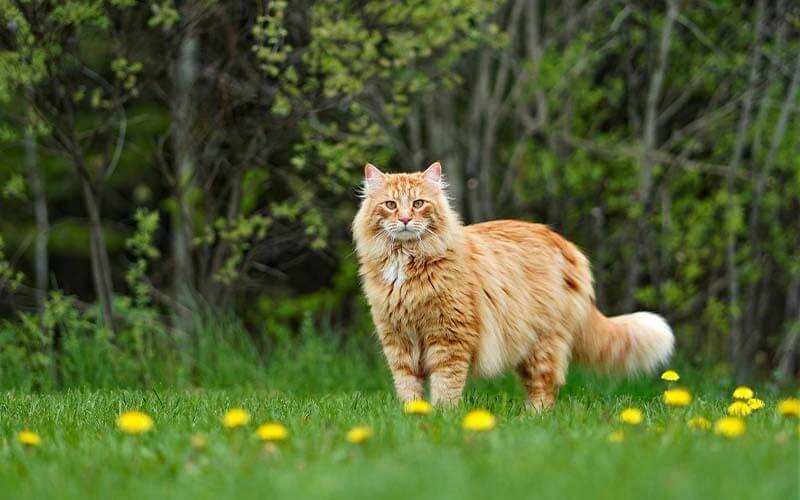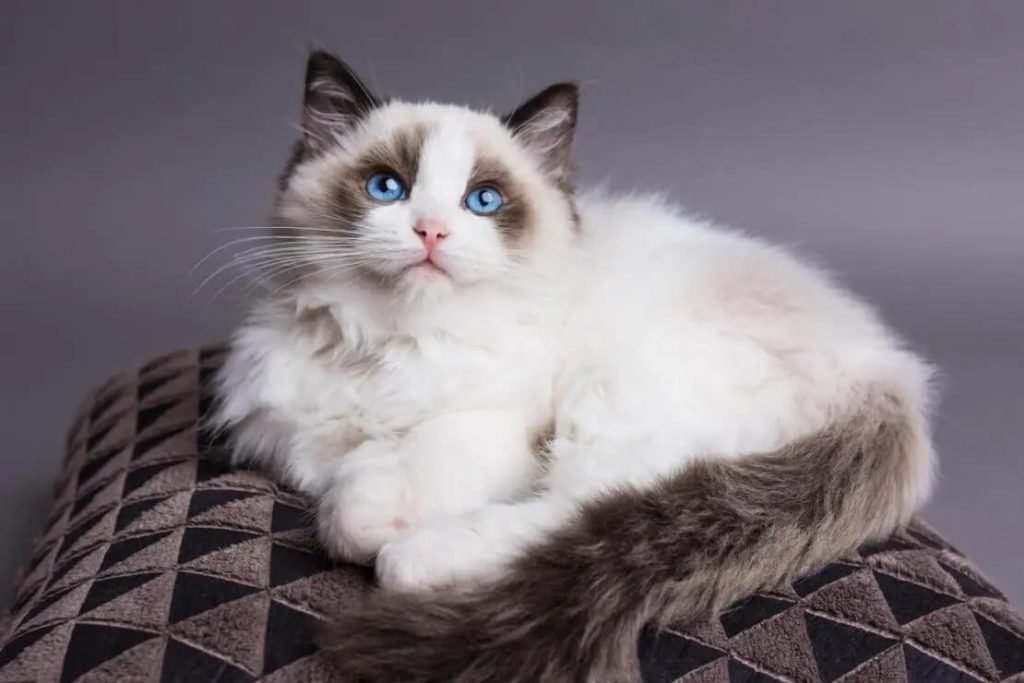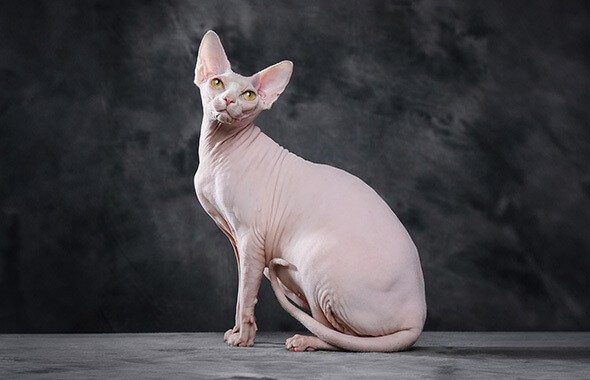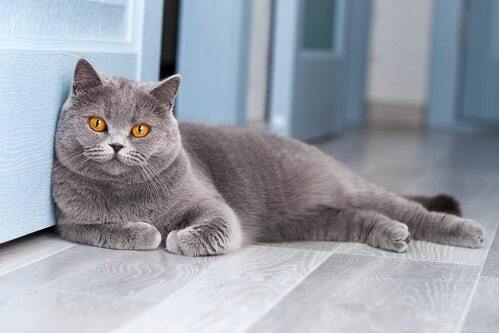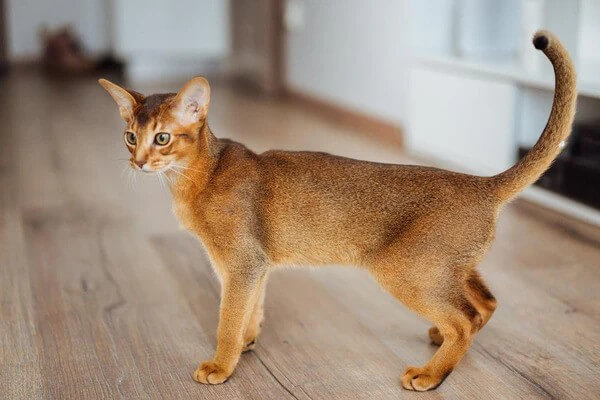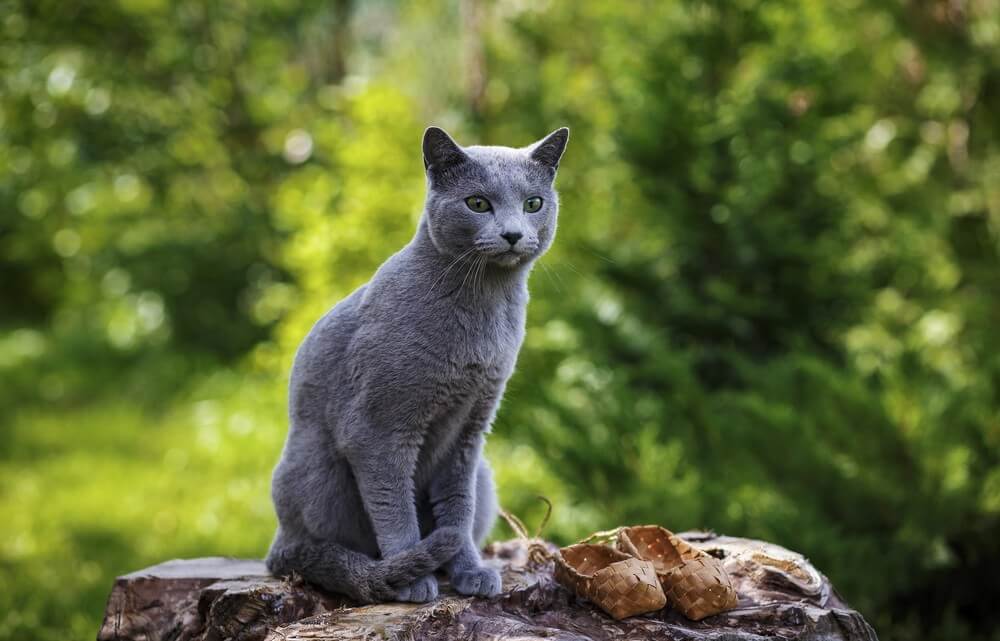Cat Behavior Explained – Understanding Your Cat’s Emotions and Actions
Cats are fascinating creatures—mysterious, intelligent, and full of personality. Whether they’re chasing invisible prey or curling up beside you, every action they take has meaning. In this guide, we’ll explore cat behavior explained through science and observation, helping you better understand your feline companion’s body language, instincts, and emotions.
Why Cats Knead?
Cats kneading, pressing their paws into soft surfaces-is one of the most endearing feline behaviors. Kittens knead their mothers to stimulate milk flow, and adult cats continue the motion as a sign of comfort and affection. If your cat kneads you, consider it a deep expression of trust and contentment.
The Meaning Behind Purring
Purring is not always about happiness-though it often is. Cats may also purr when they’re anxious, in pain, or trying to self-soothe. Studies show that purring releases endorphins and can even promote healing. The next time your cat purrs, observe the situation and body language to understand what they might be communicating.
Why Cats Bite Gently
A gentle bite from a cat-often called a “love bite,” is a common form of feline communication. It can indicate affection or overstimulation during petting. Cats have sensitive nerve endings, so if they nibble lightly, it’s often their way of saying, “I enjoy this, but let’s slow down.”
Understanding Tail Language
- Upright Tail: Confidence, friendliness, and happiness.
- Puffed Tail: Fear or defensive aggression.
- Slowly Swishing Tail: Mild irritation or focus.
- Curled Around You: Affection and trust.
Why Cats Hide
Hiding is a natural survival instinct. In the wild, cats seek secluded spots to feel secure. At home, hiding can mean your cat needs alone time or is feeling stressed. Provide cozy, safe spaces where your cat can retreat without fear-it helps them feel more secure and loved.
Nighttime Activity Explained
If your cat races around the house at 3 AM, don’t worry-it’s normal! Cats are crepuscular, meaning they’re most active during dawn and dusk. You can help manage this energy by playing interactive games before bedtime to tire them out and keep their schedule balanced.
Why Cats Bring “Gifts”
When your cat drops a toy—or worse, a caught insect—at your feet, it’s not a prank. This behavior mimics their natural hunting instinct. It’s a gesture of inclusion, showing they consider you part of their social group. Reward their “gift” with praise (even if you’d rather not touch it).
Understanding Cat Vocalizations
- Short meow: Greeting or attention-seeking.
- Trilling: Friendly communication, often between cat and human.
- Hissing or growling: Fear, threat, or discomfort.
- Chattering: Excitement or frustration, often while watching birds.
Scratching Behavior
Scratching helps cats stretch their muscles, mark territory, and keep their claws healthy. It’s essential to provide scratching posts or pads. Avoid punishment—redirect the behavior positively with praise when they use appropriate spots.
Building a Stronger Bond
Understanding your cat’s behavior is key to building trust. Be patient, respect their space, and communicate through calm tones and gentle gestures. Cats thrive in environments where their emotional and physical needs are met consistently.
FAQs about Cat Behavior
Why does my cat stare at me?
Cats often stare to observe or communicate. A soft, slow blink is a sign of affection and trust—try blinking back!
Why does my cat follow me around?
It’s a sign of companionship and curiosity. Cats follow people they trust and feel safe with.
Why does my cat sleep on me?
Sleeping on you provides warmth, security, and emotional comfort—it’s a clear sign of trust.
Why do cats flick their tails?
Tail flicking can indicate agitation, focus, or excitement. Observe context to interpret it correctly.
Can cats sense emotions?
Yes, cats are highly perceptive. They can detect changes in your tone, mood, and energy, often offering quiet comfort when you’re upset.
Conclusion
By exploring cat behavior, you gain insight into the fascinating world of feline communication. Every movement, sound, and action tells a story. With empathy and awareness, you can strengthen your relationship with your cat, creating a lifelong bond built on mutual respect and love.

